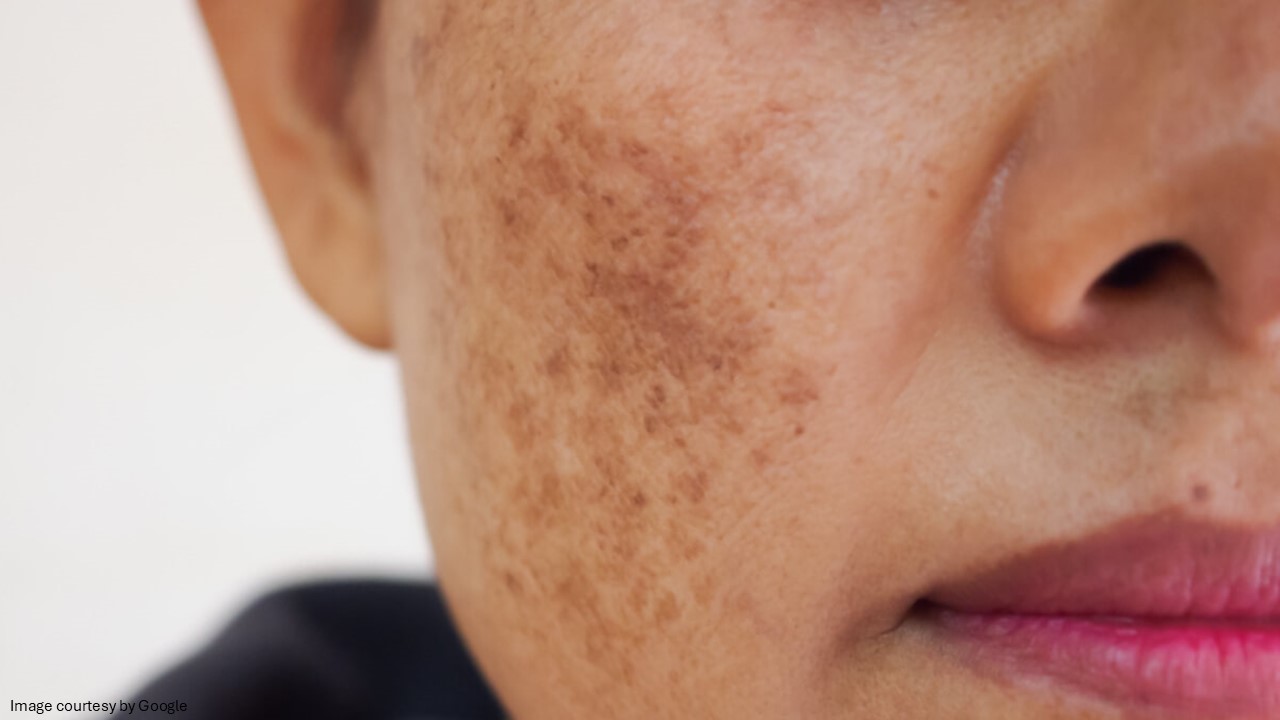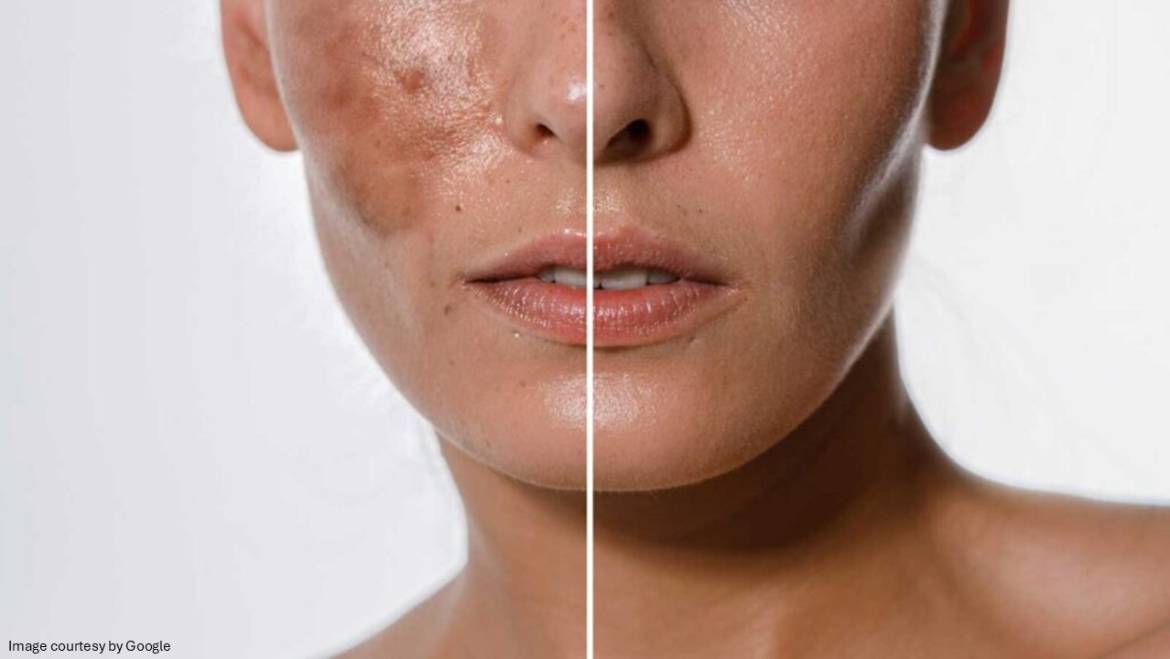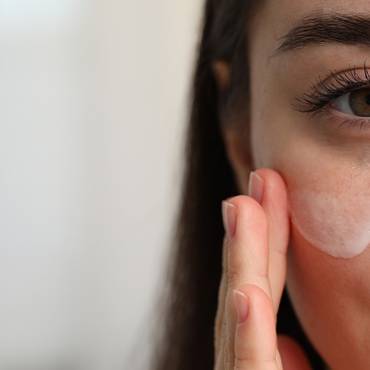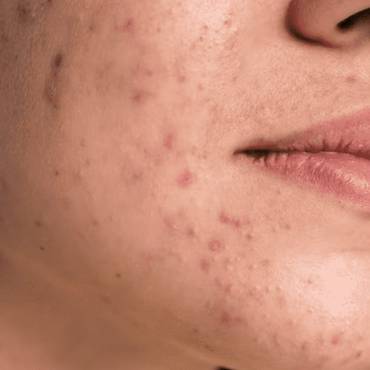Melasma is a hyperpigmentation disorder that majorly affects women and can be particularly tricky to treat as it is triggered or exacerbated by hormonal changes and sun exposure. Melasma is one of the most common hyperpigmentary disorders and appears in the form of dark patches of skin discoloration. It usually happens when a trigger such as pregnancy, birth control pills, sun exposure, hormones, and genetics causes. Melasma can fade when a woman delivers a baby or stops using contraceptive pills. However, some people have to deal with hyperpigmentation for years or even a lifetime. If the melasma does not disappear, or a woman cannot discontinue birth control pills, then there are treatment options that help fade your problem to a great extent. A wide range of treatment options are available for melasma, and because it is difficult to treat, dermatologists often recommend using combination therapy. Let’s understand what is best for melasma.
Understanding Melasma: Causes and Challenges in Treatment
Melasma is considered a chronic skin condition, and each case requires a dermatologist-supervised approach. However, the good news is that there are plenty of options to choose from.
Effective treatment for melasma is a combination of tretinoin, hydroquinone, and fluocinolone. The combination strongly inhibits the production of melanin pigment. Consult your dermatologist before you buy tretinoin online or over the counter.
One of the most effective treatments for melasma is Tri-luma cream, which aims to halt pigment production and fade existing skin pigmentation. The topical treatment is intended to lighten skin tone and combines three powerful skincare ingredients. When prescribing this combination drug, the dermatologist will provide you with application instructions as per your needs. Triluma is known as one of the best cream for melasma.
Triluma is a combination of tretinoin, hydroquinone, and fluocinolone and is beneficial for the short-term treatment of moderate to severe melasma of the face. It should be used in the presence of measures for sun avoidance, including the use of sunscreens.
The triple combination cream for melasma works as below:
-
- Hydroquinone – The first ingredient is hydroquinone for melasma, one of the most effective agents. It is also well known as a bleaching agent and is often considered the standard gold treatment by many skincare experts and dermatologists for treating melasma patches.
-
- Tretinoin – Beyond its effectiveness as an acne solution, tretinoin can also be beneficial for treating hyperpigmentation disorders like melasma. Tretinoin is a retinoid, which is a derivative of vitamin A. It speeds up your skin cell turnover rate, which means your outermost skin layer sheds rapidly, and your old skin cells get replaced by new ones in less time. In cases of melasma, tretinoin allows new cells to develop in the area affected by melasma, replacing the old ones, which causes skin discoloration. A lot of clinical studies show that tretinoin for melasma treatment works well. Within 24 weeks of regular usage, it causes a significant reduction in the dark spots and matches resulting from melasma. It noticeably lighters skin for women with melasma.
-
- Fluocinolone – Fluocinolone is a corticosteroid that helps to reduce the possible irritation caused by tretinoin and hydroquinone.
Your dermatologist may prescribe this triple combination cream to lighten your melasma. Multiple options for topical treatment are available, one of which is hydroquinone cream, the most prescribed agent. Other commonly used options include retinoid treatments like tretinoin cream as a single age in Retino A cream or Retin gel. Let your dermatologist choose the best tretinoin or the best hydroquinone cream for melasma for your skin type.

Laser for melasma
Laser treatment for melasma can be effective, but their suitability often depends on individual skin types and the severity of the condition. Common types of lasers used include:
-
- Fractional lasers: These target specific areas of pigmentation while leaving surrounding skin intact, promoting healing and collagen production.
- Q-Switched lasers: These can break down melanin in the skin, helping to reduce pigmentation.
- Pico lasers: A newer option that delivers energy in shorter pulses, potentially resulting in less heat damage to the skin.
- Intense pulsed light (IPL): While not a laser, IPL can also effectively treat pigmentation issues.
Before considering laser treatment, it’s essential to consult with a dermatologist who can evaluate your skin and recommend the best approach. Additionally, melasma can be triggered by sun exposure and hormonal changes, so ongoing management and sun protection are crucial.
Where to buy the best hydroquinone cream for melasma?
Hydroquinone cream for melasma can be purchased from online and physical pharmacy stores. Triluma cream, which contains fluocinolone, hydroquinone, and tretinoin cream, is available at Alldaychemist at affordable prices. Tretinoin and hydroquinone can also be purchased separately for specific purposes. Speak to your doctor to learn the best strength of hydroquinone tretinoin cream for safe usage.
Summary
The management of melasma is challenging and a long-term commitment. It works when used in the avoidance of aggravating factors like contraceptive pills and ultraviolet exposure. Under dermatologist care, many people who use the triple combination for melasma have a good outcome. Hyperpigmentation disorders like melasma can be stubborn, though. It may take up to a few months to see a significant reduction in the appearance of melasma. Following your dermatologist’s advice while using a medicinal product is equally important. This helps to avoid skin irritation and other side effects. Once your melasma clears, you need to continue using topical preparation to maintain the results. Your skincare expert or dermatologist may call it maintenance therapy. The therapy is quite beneficial in preventing the recurrence of melasma.



